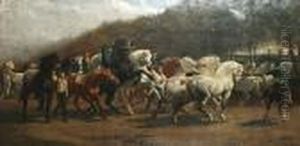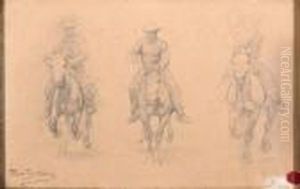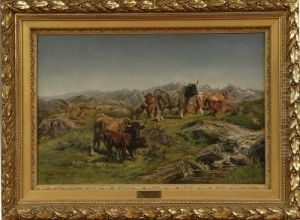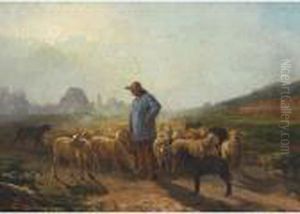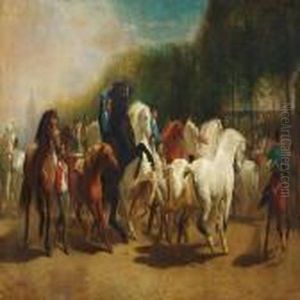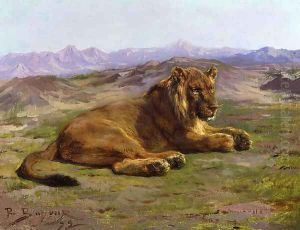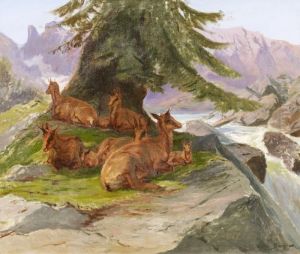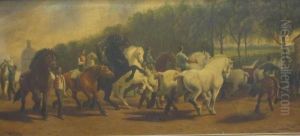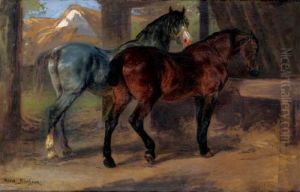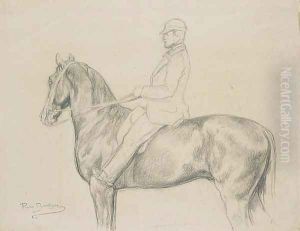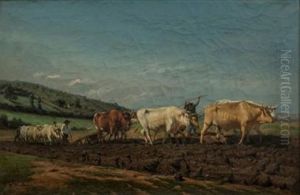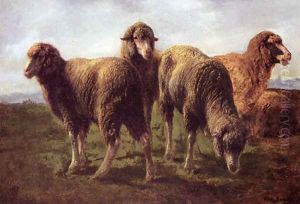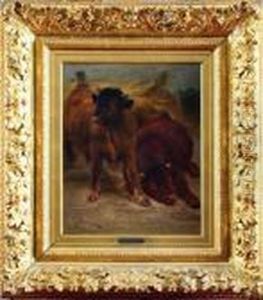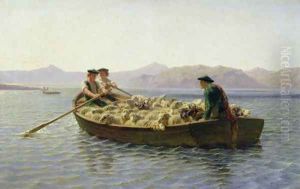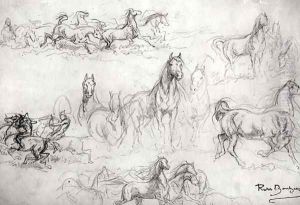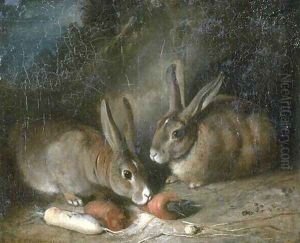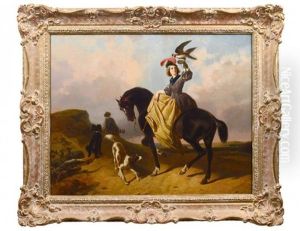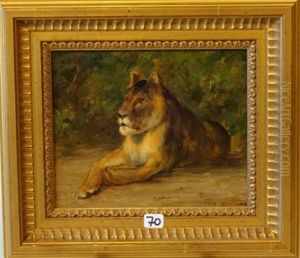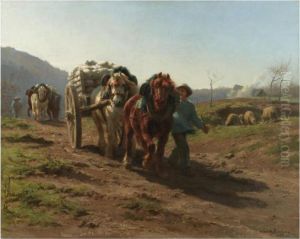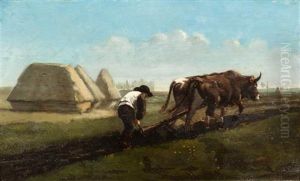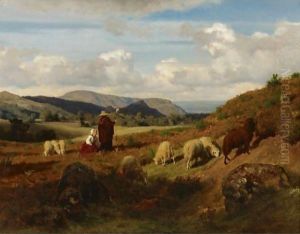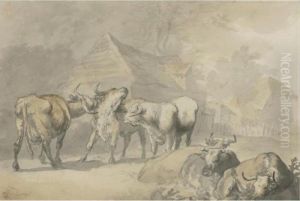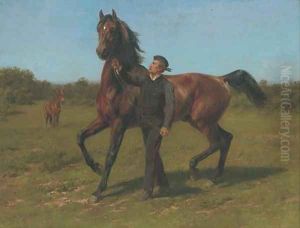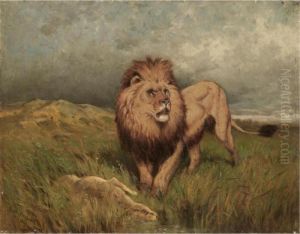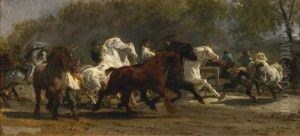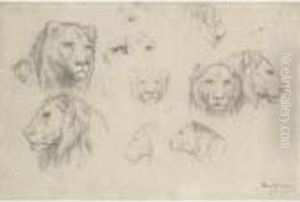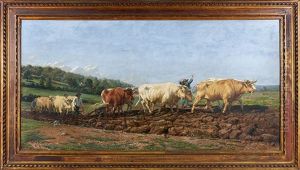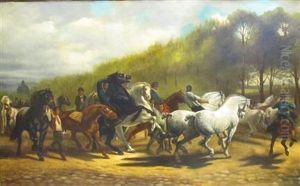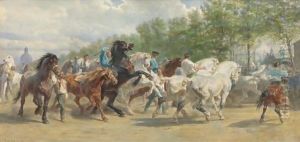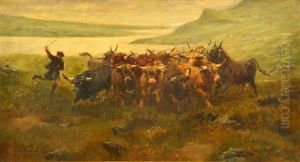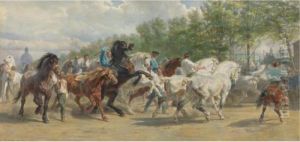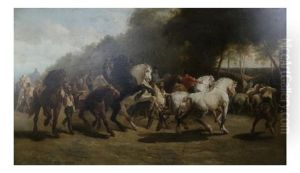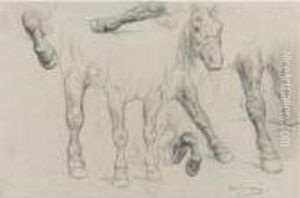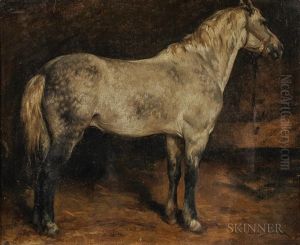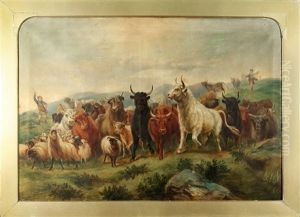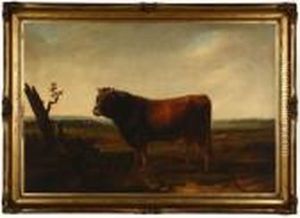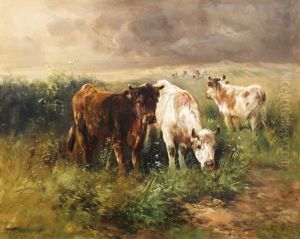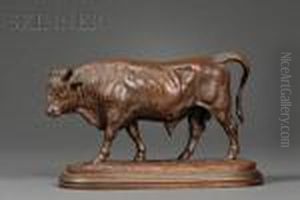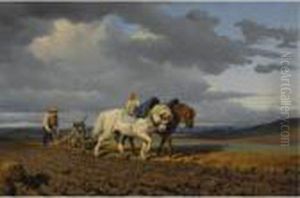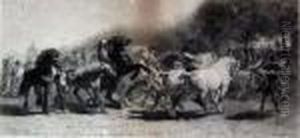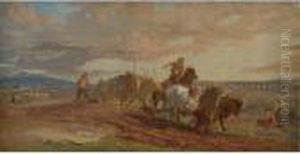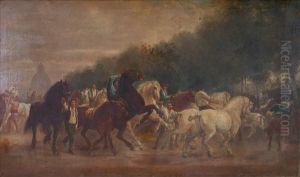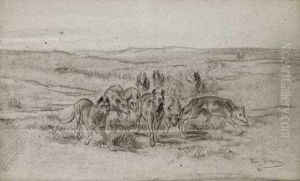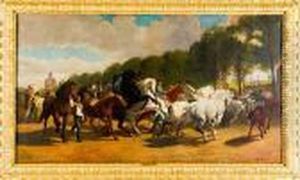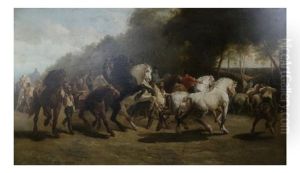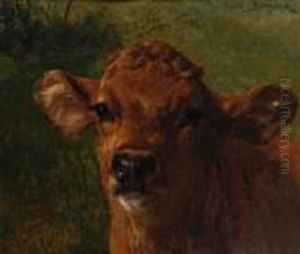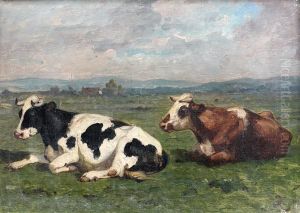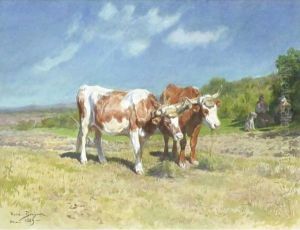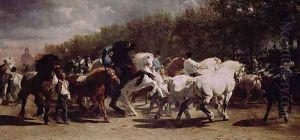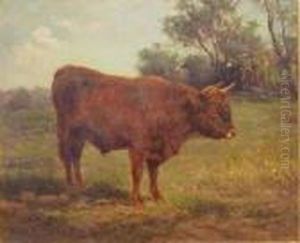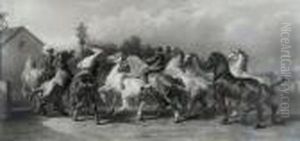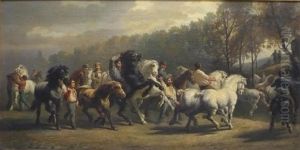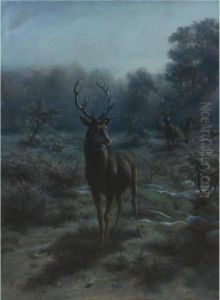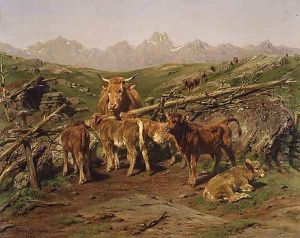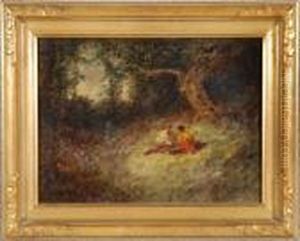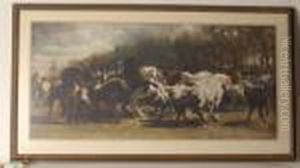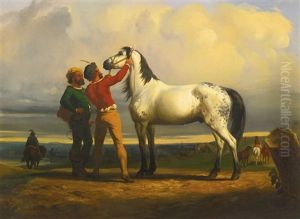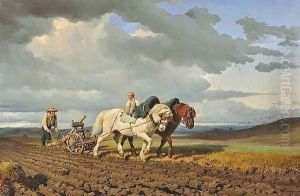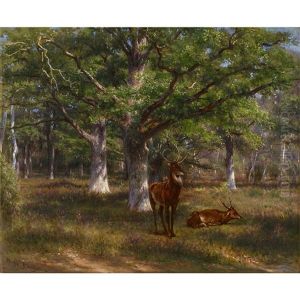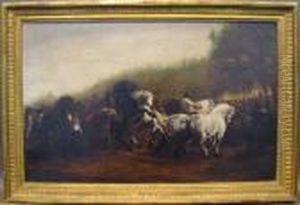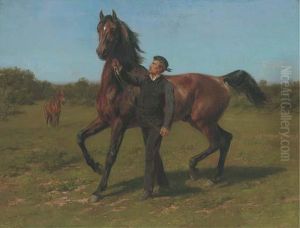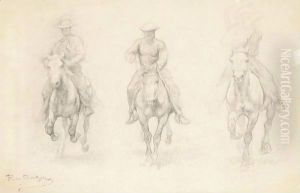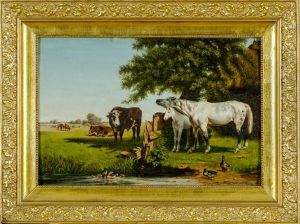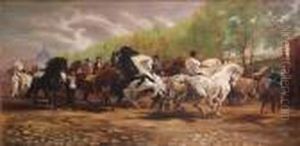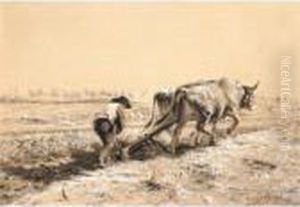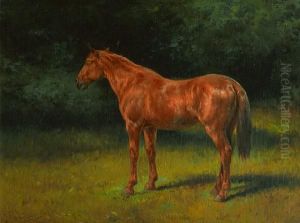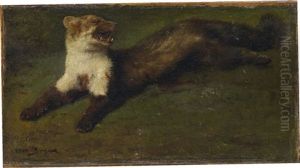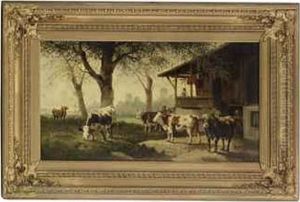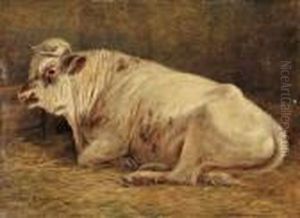Rosa Bonheur Paintings
Rosa Bonheur, born Marie-Rosalie Bonheur on March 16, 1822, in Bordeaux, France, was a celebrated French artist known for her realistic portrayal of animals. She was one of the most famous female painters of the 19th century and a pioneer for women in the arts.
Rosa was born into a family of artists, which included her father, Raimond Bonheur, a landscape and portrait painter, and her siblings who were also involved in the arts. She trained under her father and displayed prodigious talent from a young age. Rosa was known for her strong commitment to study and sketch animals from life, often visiting slaughterhouses and stockyards to draw them firsthand. She also dressed in men's clothing to gain access to these places without attracting unwanted attention, as it was unusual for women to frequent such environments at the time.
Bonheur achieved widespread fame with her painting 'Ploughing in the Nivernais', first exhibited in 1849, and 'The Horse Fair' (1853), which became her most famous work. 'The Horse Fair' was exhibited in the Paris Salon and later in England and the United States, where it received great acclaim. Her detailed and dramatic depiction of the horse market in Paris captivated audiences and critics alike.
Bonheur's success allowed her to be financially independent and live a nonconventional lifestyle. She never married, instead focusing on her career and living with her lifelong companion, Nathalie Micas, and later with an American painter, Anna Klumpke. Rosa was awarded the Legion of Honour by the Empress Eugénie in 1865, becoming the first female artist to receive this accolade.
Her style, part of the Realist movement, emphasized the accurate and detailed depiction of her subjects, often imbued with a sense of vitality and movement. Rosa Bonheur's dedication to her art, her skill, and her defiance of gender norms made her an inspiration for future generations of artists, especially women.
Rosa Bonheur passed away on May 25, 1899, at her estate in Thomery, near Fontainebleau, France. She left behind a rich legacy as an artist who broke barriers and paved the way for women in the arts. Her works continue to be celebrated and exhibited around the world.

